A supercomputer is the fastest computer compared to its counterparts. A supercomputer consists of several processors used and utilized in “Parallel Processing”.
It is considered to be the fastest computer in data handling and processing.
They are used in several important fields like space explorations, nuclear science, military, research, and development.
Still, supercomputers have some significant and major advantages and disadvantages of supercomputers | Pros and Cons of Supercomputers.
A supercomputer is a device that can perform high operations and complex numerical problems with great speed and accuracy. They have incredible storage capacity.
Modern Supercomputers are almost 20 times faster than other computers.
What is Supercomputer and Its Uses with Examples
A supercomputer has several amazing characteristics and features that made them very popular. Some of which are mentioned below.
- Business Applications.
- Weather Research.
- Weather Forecasting.
- Military and Defense.
- Genetic Engineering.
- Nuclear Engineering.
- Climate Modeling.
- Wind-Tunnel Simulations.
- Computational Physics Problems.
They are used in universities for research projects that require a higher grade of speed and processing power.
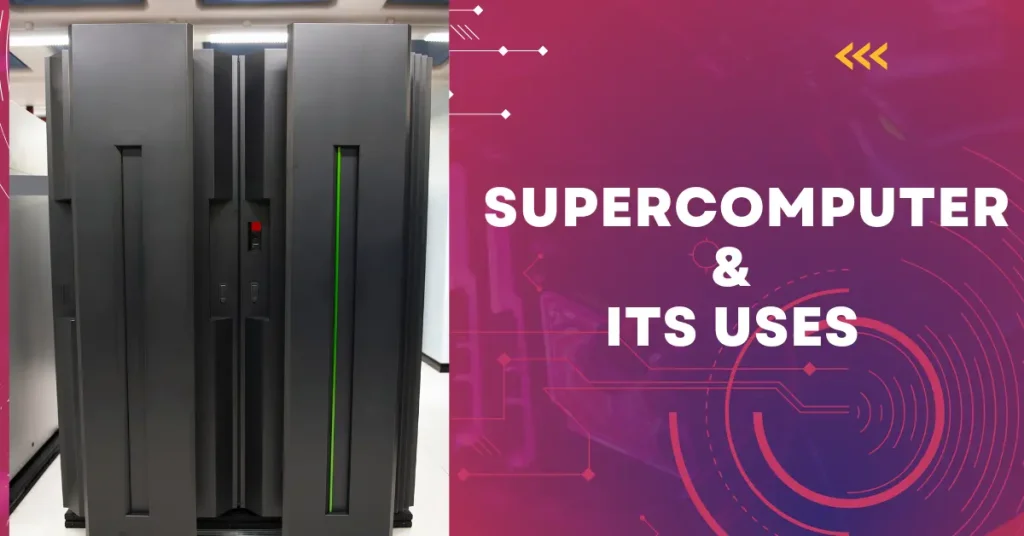
The Supercomputer has larger data and information storage capacity compared to normal computers. They are highly secure and reliable systems.
Supercomputers can perform more than 1 trillion operations per second.
Advantages and Disadvantages of Supercomputers | Merits and Drawbacks of Supercomputers in Tabular Form
| # | Advantages of Supercomputers | Disadvantages of Supercomputers |
| 1 | Supercomputers are incredibly fast machines and possess a higher grade of storage capacity. This is considered to be the major advantage of a Supercomputer. | Supercomputer needs air conditioner as they emit heat and energy. |
| 2 | They are considered to be the fastest machine compared to their counterparts. | They need maintenance, and for that, a trained professional is required. |
| 3 | Supercomputers can perform trillions of instructions per second with almost 100% accuracy. | A techno-geek can operate a supercomputer to receive desired output. |
| 4 | They can solve complex numerical mathematical problems in just a few clicks. They are also designed to perform logical calculations with precision and Speed. | They are extremely expensive and almost out of reach of common individuals. |
| 5 | They have fantastic storage capacity compared to other available computers. | Their power consumption is huge. |
| 6 | They are compatible with other operating systems like Linux, Unix, Mac, and Windows. | The biggest disadvantage of using a supercomputer is that they have no good applications yet. |
| 7 | Supercomputers are designed for high-grade performance when given a particular task. | They need more power to process. |
| 8 | They are highly flexible and can easily adapt to circumstances or conditions. | They are huge and therefore need large space for installation. |
| 9 | The Speed is measured in FLOPS [Floating Point Operation Per Second] | They are not portable, so they cannot easily be shifted from Location A to Location B. |
| 10 | A supercomputer is used in space investigation, space examination, atomic weapons, genetic engineering, military, etc. | They need quality human resources to handle and operate supercomputers. |
| 11 | Their performance is enhanced when working with machine learning and Artificial Intelligence. | The spare parts, devices and components are costly and need a huge amount for replacement and repair. |
| 12 | Supercomputing can ease the burden on CPUs and GPUs by distributing your workload across multiple devices. | Supercomputer generates more heat, so more cooling methods must be practiced. |
| 13 | Supercomputers are very helpful in weather forecasting; they can predict earthquakes and volcano eruptions. | They are used and utilized for special applications. |
| 14 | They are also used in scientific research where a complex algorithm has to be solved. | They require more external storage devices for data and information storage. |
| 15 | They are also very popular in genetic engineering. | The bandwidth of data, instructions, and information is not synchronized with external storage devices. |
| 16 | They are used in research and development. | It needs water cooling. |
Advantages and Disadvantages of Supercomputers Using Image
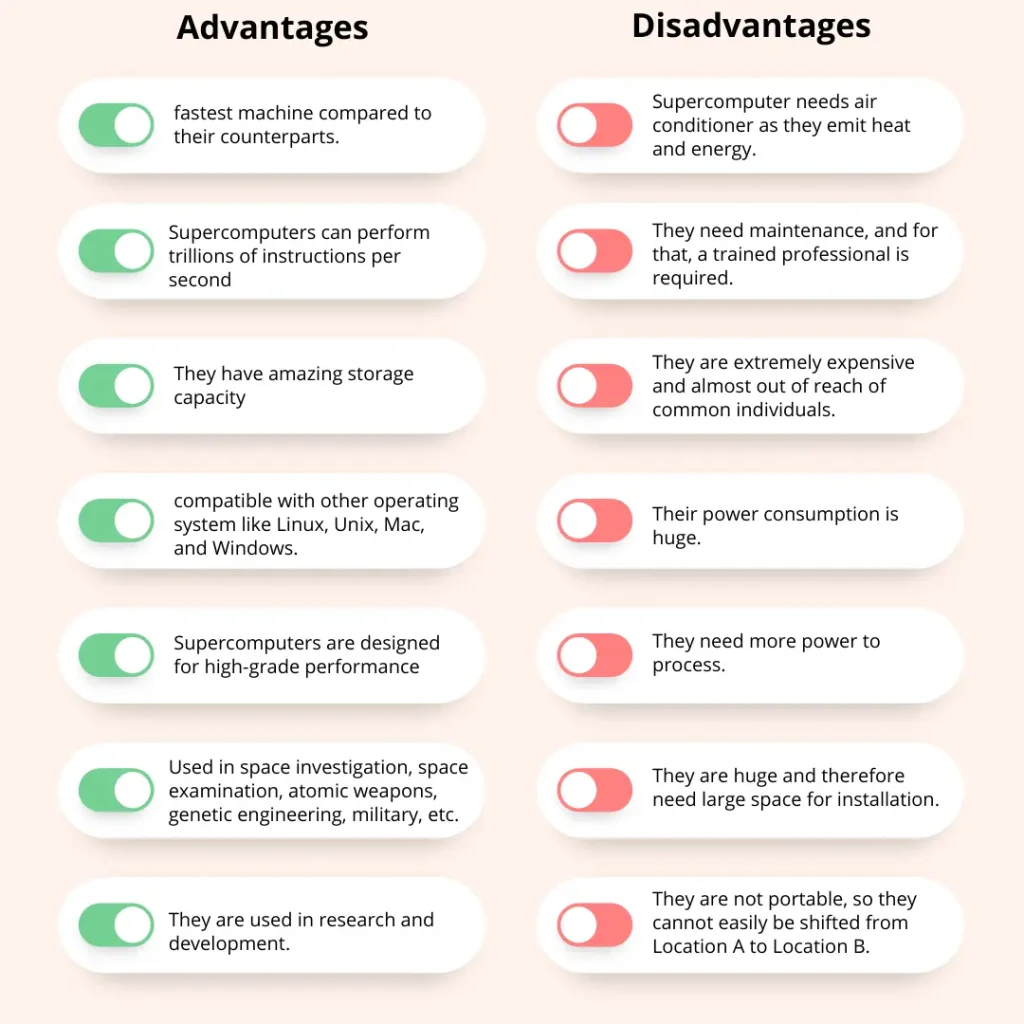
Advantages and Disadvantages of Supercomputer PDF Download
Different Types of Supercomputers
Supercomputers are categorized or classified into three types:
- Vector Processing Machines.
- Tightly Processing Machines.
- Commodity Cluster.
1. Vector Processing Machines
In these machines, all processors are used in sequential forms. The CPU attached to it has a speed for carrying out mathematical and logical operations at unbelievable Speed.
2. Tightly Connected Cluster Computer
The processor works instantly when some tasks or jobs are assigned to them. Therefore, the task is completed quickly as compared to other supercomputers.
The Speed of this computer is faster than any other computer.
3. Commodity Cluster
They work with bandwidth and are connected through networking with the help of LAN (Local Area Network).
All Time Famous Super Computers
- IBM supercomputer was developed for playing chess. The Jaguar supercomputer was developed by Cray research for scientific studies.
- Tianhe-2 is the Supercomputer developed by China.
- Titan was developed and designed by Cray Research Company for scientific studies.
- Kraken This Supercomputer was developed for weather studies and increased biofuel production.
- K Computer was designed and developed by a famous Japanese company named Fujitsu. This Supercomputer was developed to study climate change with proper earthquake and volcano eruptions readings.
- PARAM 10000 was developed in India by C-DAC, Pune.
5 Features of Supercomputers
Some amazing features of Supercomputers are mentioned below.
- Supercomputers are the fastest computers with incredible storage capacity.
- They work with parallel processing. This feature of Supercomputer has been acknowledged everywhere.
- The Speed of Random-Access Memory [RAM] in a Supercomputer is measured in TB [Tera Bytes].
- The Supercomputer also possesses a Parallel library, high-speed network, multiple processors, the fastest connectivity, and Speed across the network.
- They can handle or process both 2D and 3D operations with amazing Speed.
15+ Applications and Important Uses of Supercomputers
- Weather Research
- Weather Forecasting
- Military and Defense
- Computational Physics Problems
- Genetic Engineering
- Nuclear Engineering
- Solving complex numerical problems
- Animated Graphics
- Quantum physics
- Physics simulations
- Airlines
- Scientific Research
- Data Mining
- Large Database
- Climate Modelling
- Wind-tunnel simulations
5 Characteristics of Supercomputers
- They have amazing Speed fastest on the planet. This is considered to be the major characteristic of Supercomputers.
- Their Speed is measured in FLOPS [Floating-Point Operation Per Second].
- Supercomputers are special-purpose computers.
- They can process 2D and 3D operations with breathtaking Speed and accuracy.
- Unix and Linux operating systems can be installed on supercomputers.
Helpful Video On: Advantages and Disadvantages of Supercomputers
10 Advantages and Disadvantages of Personal Computers
| # | Advantages | Disadvantages |
| 1 | Speed | Health Issues |
| 2 | Accuracy | Spread of Pornography |
| 3 | Stores Huge Volumes of Data & Information. | Virus and Hacking Attacks |
| 4 | Online Trading | Computer Can Not Take Their Own Decision and have NO IQ |
| 5 | Online Education | Distance Learning | Data and Information violation |
| 6 | Research | Negative Effect on the Environment |
| 7 | Forecasting Weather, Predicting Earthquakes, and Volcano Eruptions | Crashed Networks |
| 8 | In Business | The computer Can Not Work on Itself |
| 9 | Produce Employment | Spread of Violence and Hatred |
| 10 | Internet | Online Cyber Crimes |
8 Advantages and Disadvantages of Microprocessors
| # | Advantages | Disadvantages |
| 1 | A microprocessor can perform trillions of instructions per second. | They are prone to physical damage. |
| 2 | They are compact in shape and size. | Microprocessors become outdated as newer versions are launched in no time. |
| 3 | Modern microprocessors are designed and developed with modern technology. | Microprocessors need their own circuit board. |
| 4 | They support Graphical User Interface [GUI]. | They can not be repaired. |
| 5 | less power consumption and lower cost per unit of performance | The most microprocessor does not support floating point operations. |
| 6 | They can be installed in less space. | The Single Core Processors are very slow and one cannot work on heavy software and applications. |
| 7 | Generate less power and heat. | They require machine-level language. |
| 8 | Inexpensive, reliable, and efficient | The Processor does not have their own IQ. |
5 Examples of Super Computers
- Belle
- Stretch
- Summit
- Deep Blue
- Hydra
- Gravity Pipe
People Are Also Reading
- 13+ Advantages and Disadvantages of Memory Card
- Advantages and Disadvantages of Fourth Generations of Computer
- Advantages and Disadvantages of Microprocessor and Microcontroller
- Different Types of Computer
- What is a Supercomputer and its Uses
- Five Basic Components of Computer System
- Computer Hardware and Software
- Differences Between First and Second Generation of Computers
- 11 Advantages and Disadvantages of Third Generation of Computers
- Advantages and Disadvantages of Second Generations of Computer
- 11 Advantages and Disadvantages of SMPS
- Advantages and Disadvantages of GUI
- 11 Similarities Between Hardware and Software
- Advantages and Disadvantages of FTP {File Transfer Protocol}
- 16 Advantages and Disadvantages of Mouse
- 13 Advantages and Disadvantages of Keyboards
- Which Invention Allowed Computers to Become Smaller in Size
- Advantages and Disadvantages of Desktop Computers
- Advantages and Disadvantages of All-in-one Computers
- Top 10+ Advantages and Disadvantages of Hyper-V
- Computer Basic Tutorials
Different Types of Computers
There are four different types of computers. They are categorized as below.
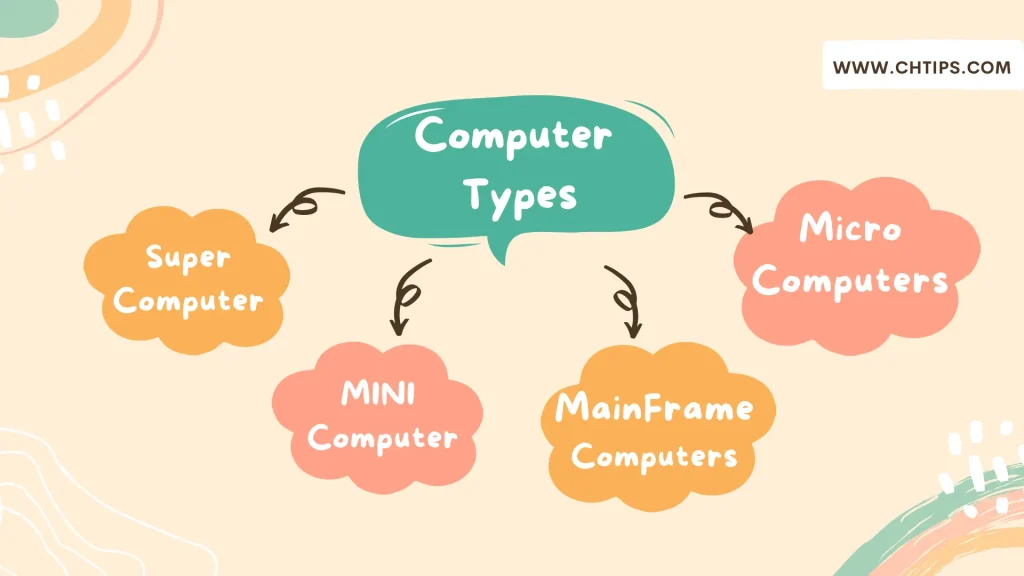
- Super Computer
- Mainframe
- Mini
- Micro
Functions of Computers
The Four Basic Functions of Computer Systems are Mentioned Below
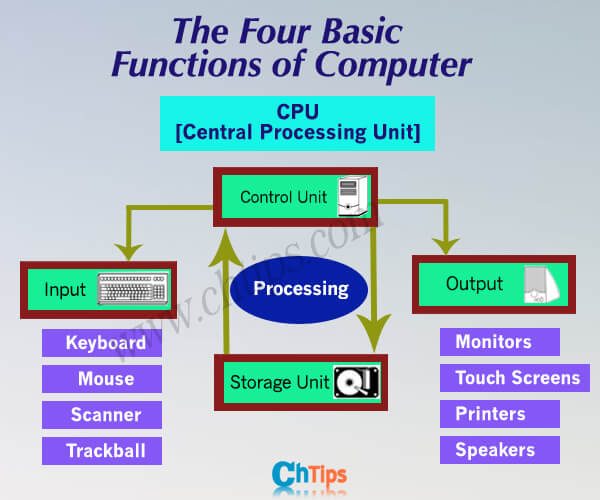
- Input
- Output
- Processing
- Storage
Characteristics of Computers
| # | Computer Characteristics |
| 1 | Speed |
| 2 | Accuracy |
| 3 | Memory |
| 4 | Diligence |
| 5 | Versatility |
| 6 | Reliability |
| 7 | Low Cost & Reduced Size |
| 8 | Automatic |
| 9 | No Feeling & No IQ |
| 10 | Multitasking |
Classifications of Computers
The computers are classified into three types they are as follows.
- Analog.
- Digital.
- Hybrid.
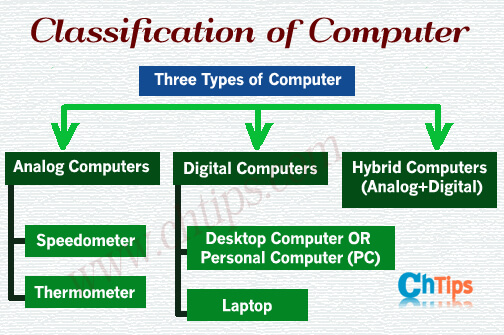
Main Components of Computer
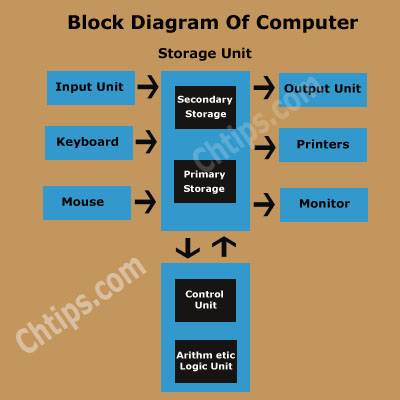
- Input Devices
- Output Devices
- Central Processing Unit
- ALU [Arithmetic Logic Unit]
- CU [Control Unit]
- Storage Unit
Computer Hardware and Software
Different and common types of hardware devices and their uses are mentioned below for a better understanding
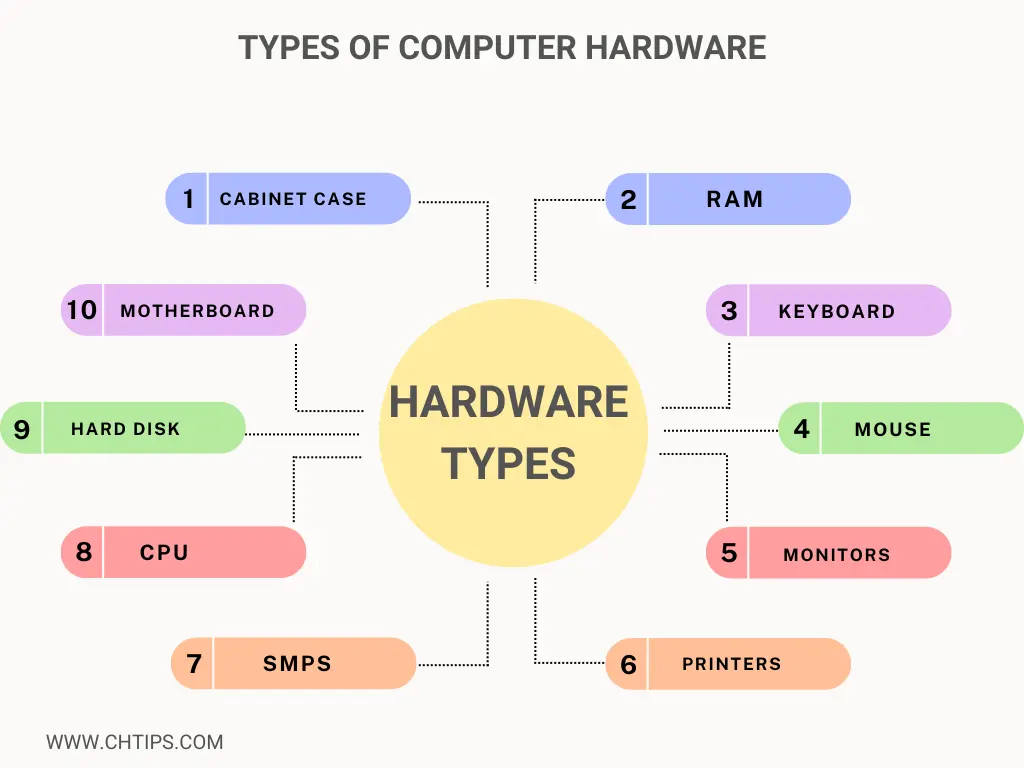
- Cabinet Case
- Motherboard
- RAM
- Hard Disk
- CPU
- SMPS (Switching Mode Power Supply)
- Keyboard
- Mouse
- Monitors
- Printers
- Speaker
Different Types of Software
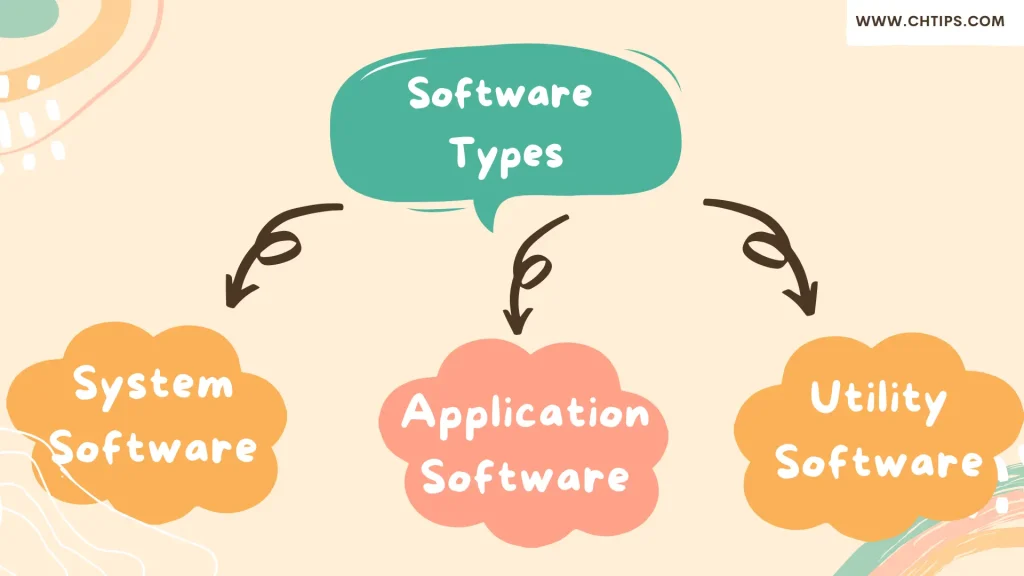
- System Software
- Application Software
- Utility Software
Popular 5 Computer Brands
Frequently Asked Questions [FAQs] on Supercomputers Advantages & Disadvantages
What is the Speed of a supercomputer?
Supercomputing is measured in floating-point operations per second (FLOPS).
What is faster than a Supercomputer?
Quantum Computing.
What is the first name of a supercomputer?
CDC – 6600, released in 1964.
Which OS is used in Supercomputer?
Linux operating system.
2 Advantages of Supercomputers
These types of the computer have a great speed
A Supercomputer can work with a speed of billions of instructions per second with 100% accuracy.
2 Major Disadvantages of Supercomputers
They need more power to process.
They are huge, therefore, need huge space for installation.
Who is the Father of Supercomputers?
Seymour Cray and Boris Babayan.
Which country has the strongest Supercomputer?
Japan
What is Supercomputer Used for
Supercomputers are used for complex numerical calculations, space exploration, nuclear science, defense, etc.
What are the types of super computer?
1. General Purpose Supercomputers.
2. Special Purpose Supercomputers.
Price of supercomputer?
150 Million USD and 300 Million USD
Get In Touch
I have also written and compiled some articles on computers and telecommunications, and please go through them.
I hope you will like reading it.
All the questions and queries related to the Advantages and Disadvantages of Supercomputers | Pros and Cons of Supercomputers are answered here.
If you have any questions about what is a supercomputer and its uses.
Don’t hesitate to contact me, and if you feel to add, remove or update anything from the article, please let me know in the comment section or via email.
I will be more than happy to update the article. I am always ready to correct myself.
Please share this article with your friends and colleagues; this motivates me to write more related topics.
!!! Thank You !!!
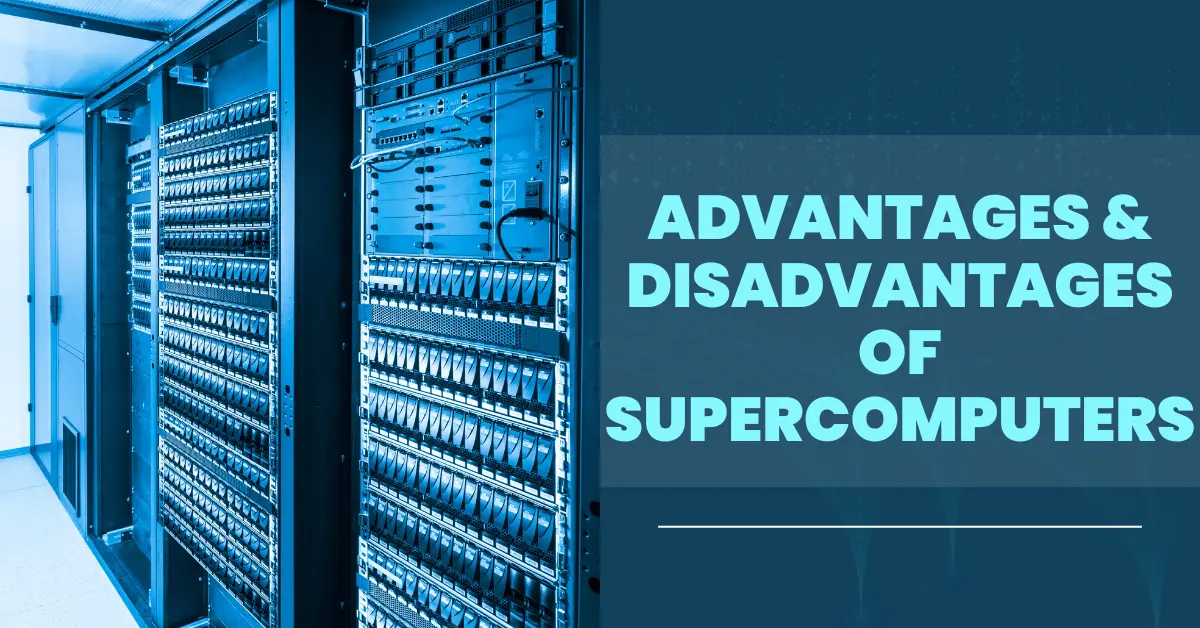
Comments are closed.